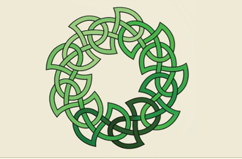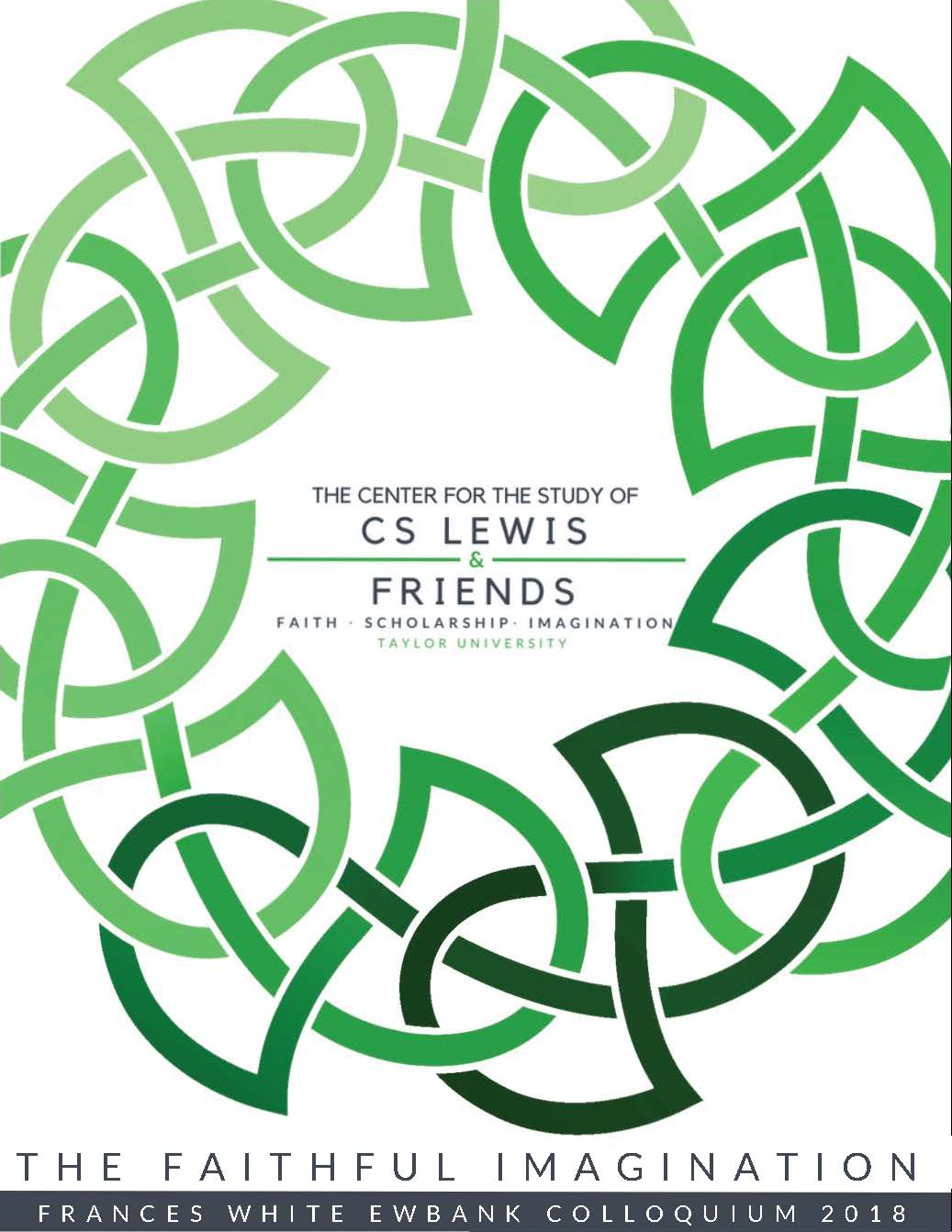Event Title
Concurrent Paper Session 6A: Tolkien's Imagination
Location
Euler 062/063
Start Date
2-6-2018 10:45 AM
Description
"Sub-Creation and Imagination: Late-Nineteenth and Early-Twentieth Century Musings" - Brad Eden
This paper will examine other writers and philosophers of the late-nineteenth and early twentieth-centuries who wrote theoretically about humanity’s role as sub-creator and inventor. Many of these individuals were Tolkien’s contemporaries or were influences on Tolkien. Francis Thompson (1859-1907), James Joyce (1882-1941), Jacques Maritain (1882-1973), and David Jones (1895-1974) all wrote about their views regarding humanity in relation to God, especially as imitators, artists, writers, and sub-creators. This paper will provide more information on what each of these individuals believed and wrote, and what influence they may/may not have had on Tolkien and his theory of sub-creation.
"Tom Bombadil: Lessons from the True Ring Lord" - Allison DeBoer
"Power Through Femininity in The Lord of the Rings" - Ann Borow
Feminist critics often write negatively about J. R. R. Tolkien’s “limiting” treatment of the women in his Lord of the Rings trilogy. Tolkien elevates his four female characters in the trilogy rather than silencing them. This paper examines how these females are the turning points in Frodo’s decision to destroy the Ring of Power. I examine The Lord of the Rings through a feminist psychoanalytic lens, focusing on Jungian archetypes and the concept of Syzygy, as well as the Anima and the Shadow sides of female characters. My interpretation, rooted in the feminist theorizing of Helene Cixous and Judith Fetterly, argues that Tolkien’s four women attain ultimate “feminine” power through personal, fully-realized journeys, due to their acceptance of “feminine” traits and virtues rather than falling into stereotyped feminist roles assigned by the patriarchy.
"A Door for Father Christmas: A Response to Tolkien's Problems with Narnia" - Donald T. Williams
Tolkien famously objected to the mixing of characters from different mythologies in Lewis’s Chronicles of Narnia, particularly to Tumnus and Father Christmas. But Narnia, unlike Middle Earth, was designed to have portals to other worlds as part of its mythological and cosmological structure. This feature makes it at least theoretically possible for a character like Father Christmas to appear in Narnia, and potentially appropriate for that to happen, in a way that it would not have been in Middle Earth. Tolkien seems to have missed the distinction. This paper will examine the role of characters like Father Christmas in Narnia and ask how far they are not merely theoretically possible for that world but also appropriate to its story.
Event Type
Paper
Concurrent Paper Session 6A: Tolkien's Imagination
Euler 062/063
"Sub-Creation and Imagination: Late-Nineteenth and Early-Twentieth Century Musings" - Brad Eden
This paper will examine other writers and philosophers of the late-nineteenth and early twentieth-centuries who wrote theoretically about humanity’s role as sub-creator and inventor. Many of these individuals were Tolkien’s contemporaries or were influences on Tolkien. Francis Thompson (1859-1907), James Joyce (1882-1941), Jacques Maritain (1882-1973), and David Jones (1895-1974) all wrote about their views regarding humanity in relation to God, especially as imitators, artists, writers, and sub-creators. This paper will provide more information on what each of these individuals believed and wrote, and what influence they may/may not have had on Tolkien and his theory of sub-creation.
"Tom Bombadil: Lessons from the True Ring Lord" - Allison DeBoer
"Power Through Femininity in The Lord of the Rings" - Ann Borow
Feminist critics often write negatively about J. R. R. Tolkien’s “limiting” treatment of the women in his Lord of the Rings trilogy. Tolkien elevates his four female characters in the trilogy rather than silencing them. This paper examines how these females are the turning points in Frodo’s decision to destroy the Ring of Power. I examine The Lord of the Rings through a feminist psychoanalytic lens, focusing on Jungian archetypes and the concept of Syzygy, as well as the Anima and the Shadow sides of female characters. My interpretation, rooted in the feminist theorizing of Helene Cixous and Judith Fetterly, argues that Tolkien’s four women attain ultimate “feminine” power through personal, fully-realized journeys, due to their acceptance of “feminine” traits and virtues rather than falling into stereotyped feminist roles assigned by the patriarchy.
"A Door for Father Christmas: A Response to Tolkien's Problems with Narnia" - Donald T. Williams
Tolkien famously objected to the mixing of characters from different mythologies in Lewis’s Chronicles of Narnia, particularly to Tumnus and Father Christmas. But Narnia, unlike Middle Earth, was designed to have portals to other worlds as part of its mythological and cosmological structure. This feature makes it at least theoretically possible for a character like Father Christmas to appear in Narnia, and potentially appropriate for that to happen, in a way that it would not have been in Middle Earth. Tolkien seems to have missed the distinction. This paper will examine the role of characters like Father Christmas in Narnia and ask how far they are not merely theoretically possible for that world but also appropriate to its story.


